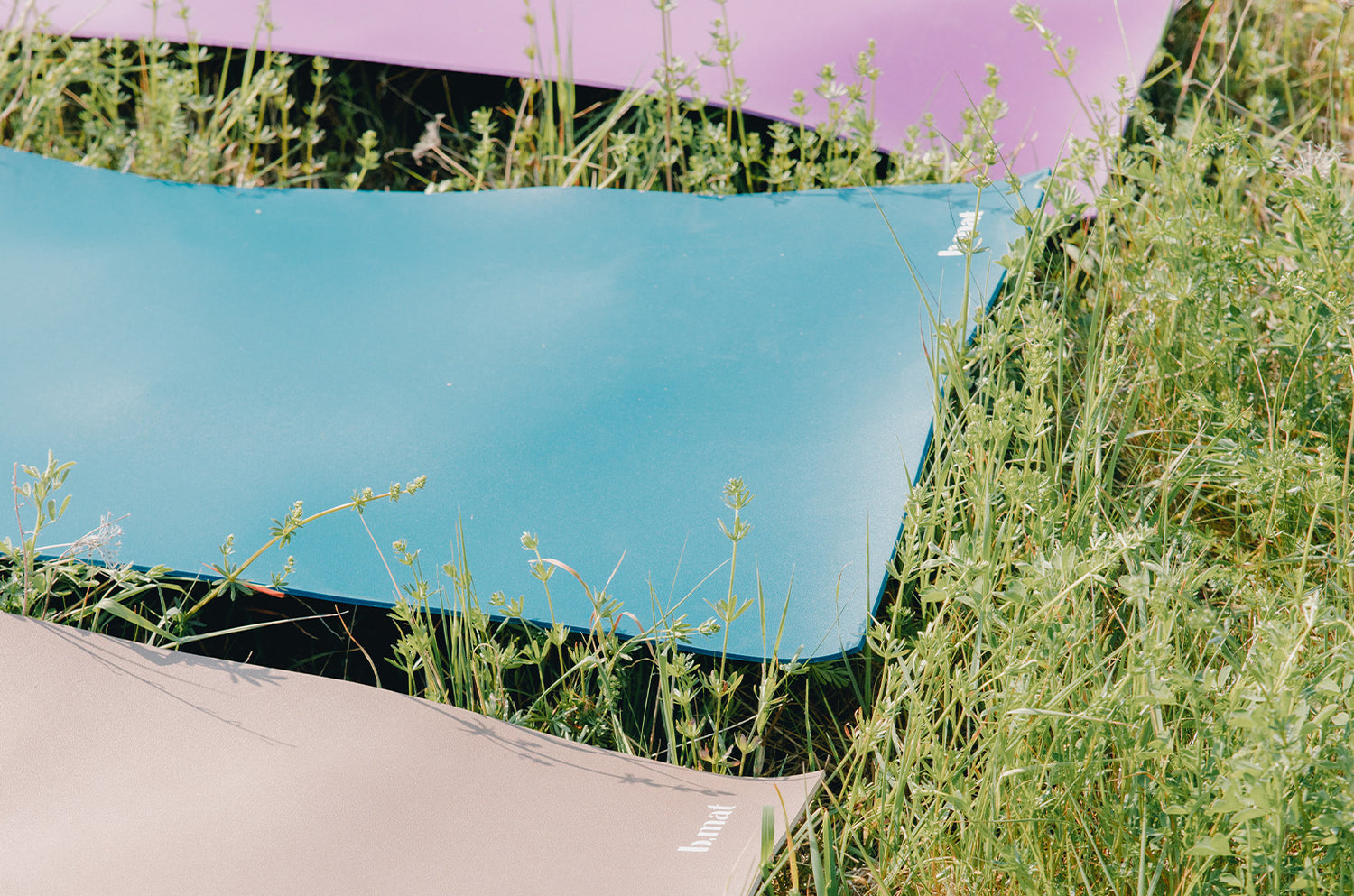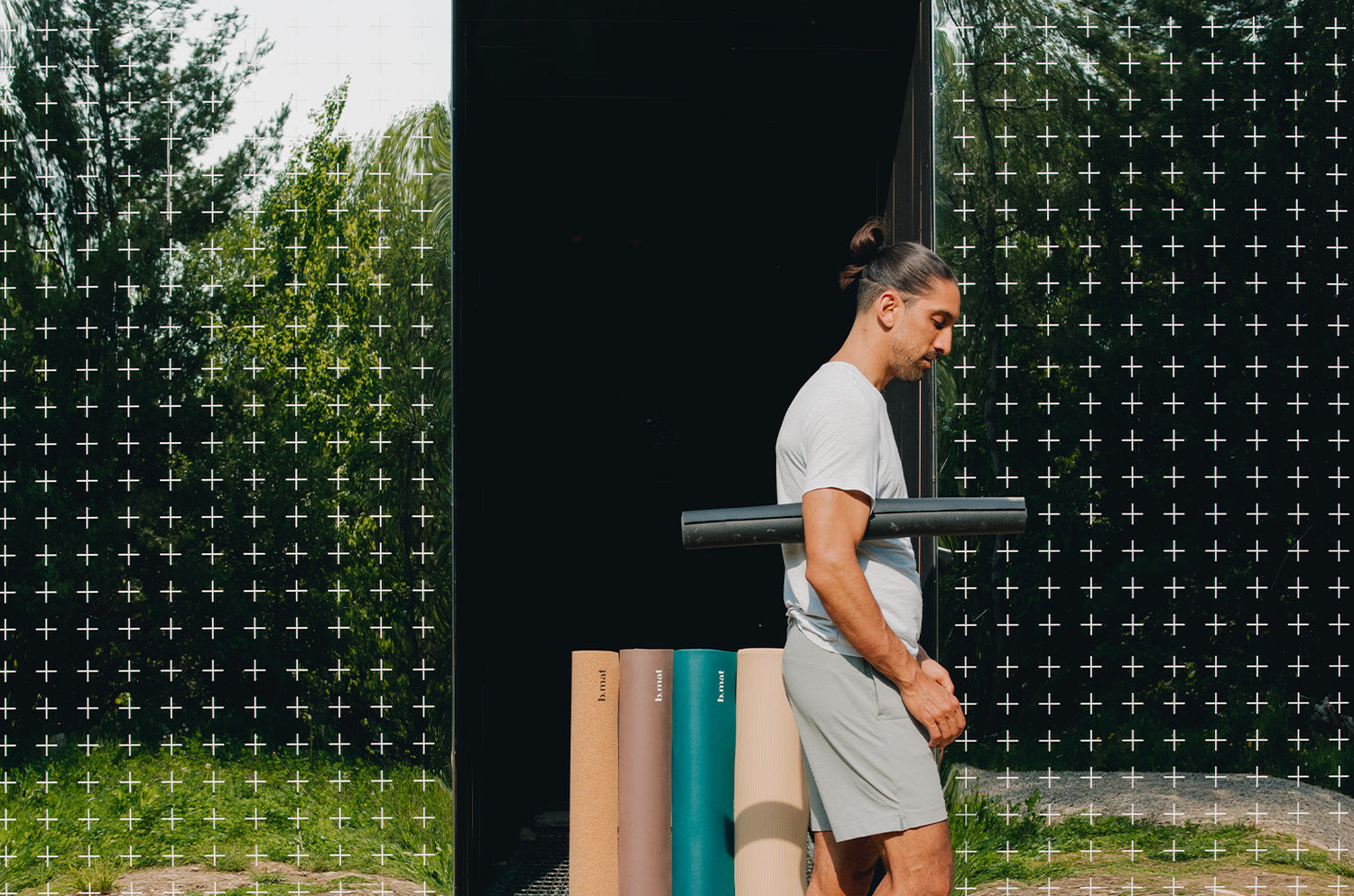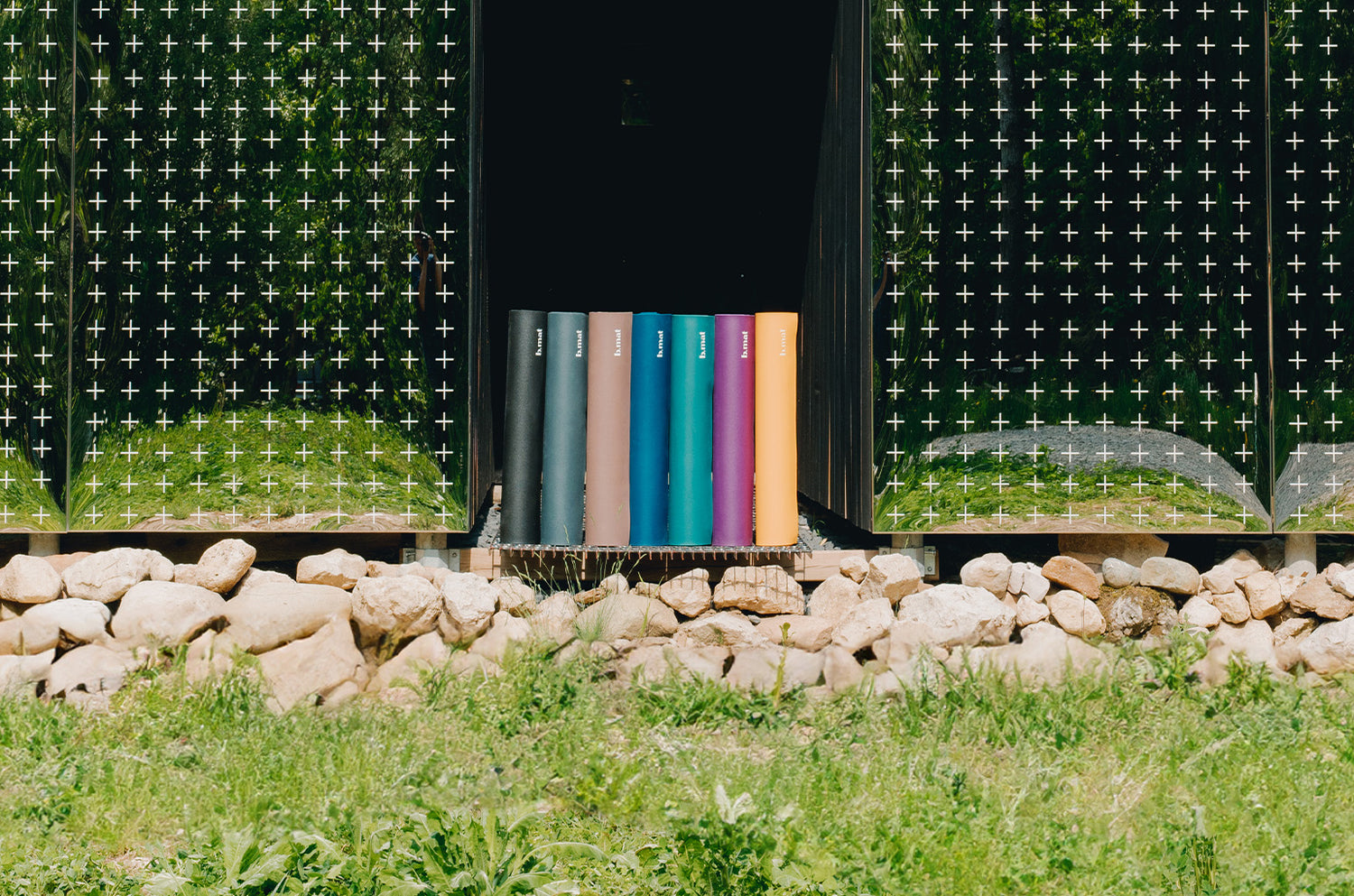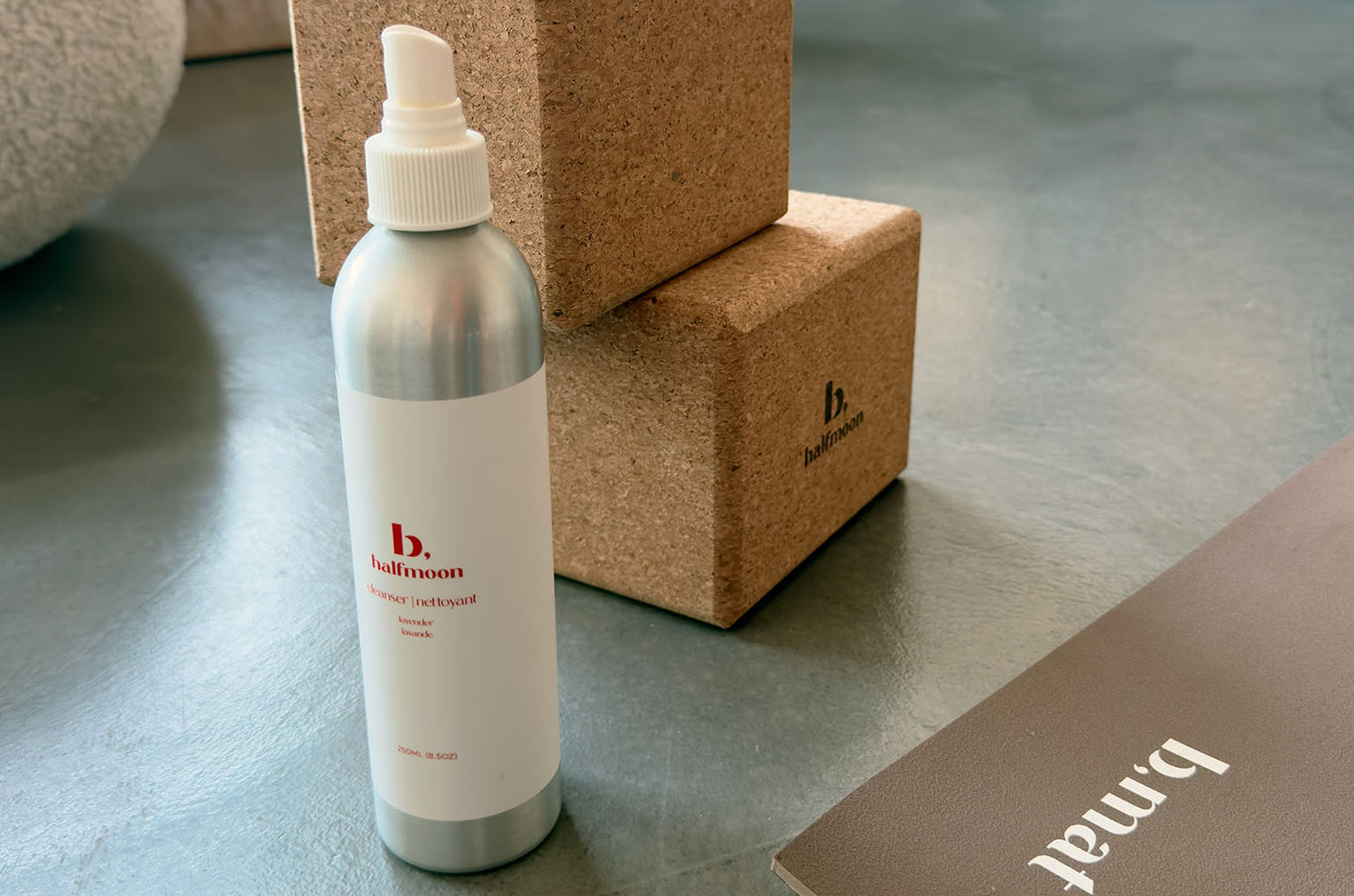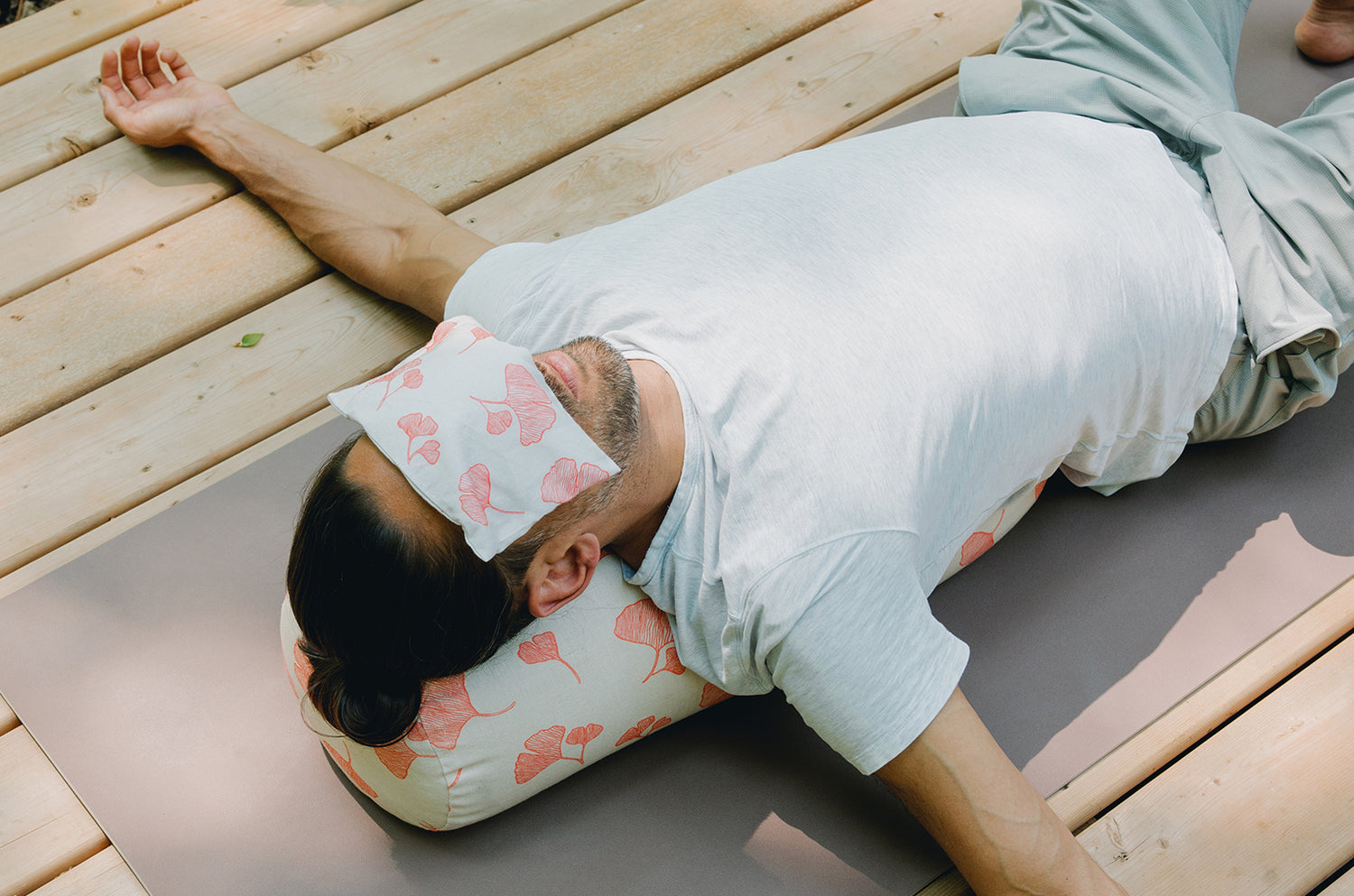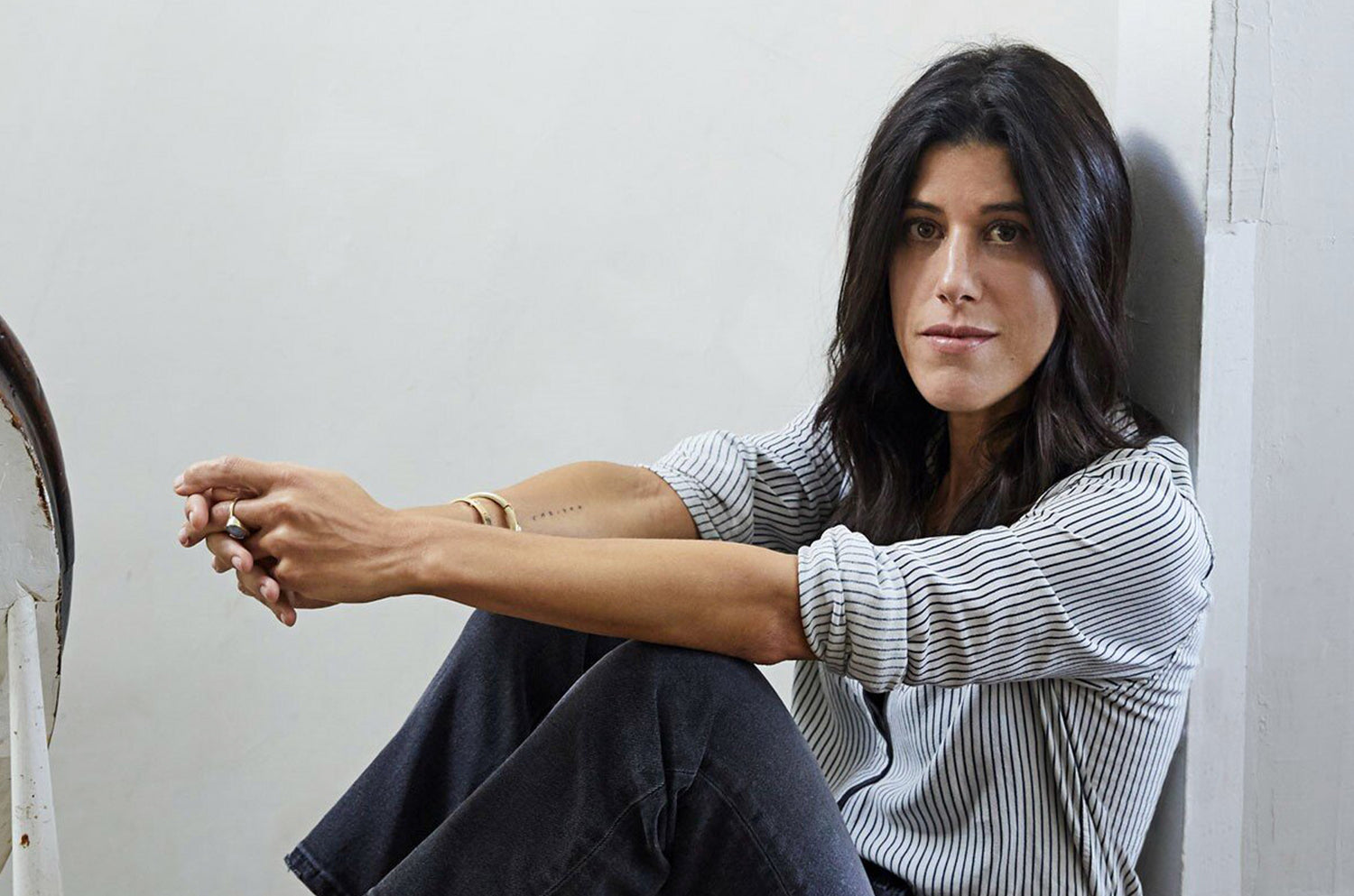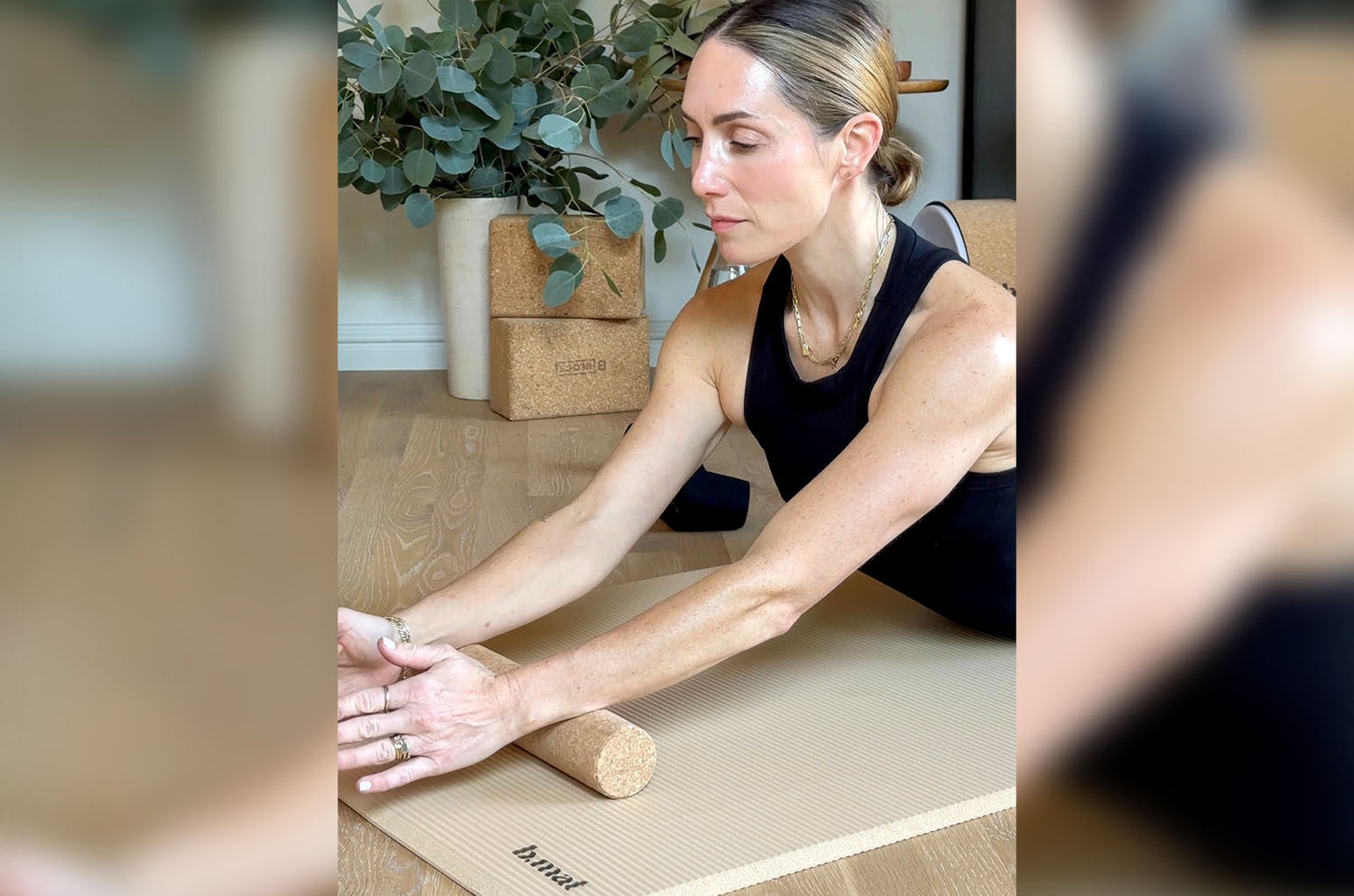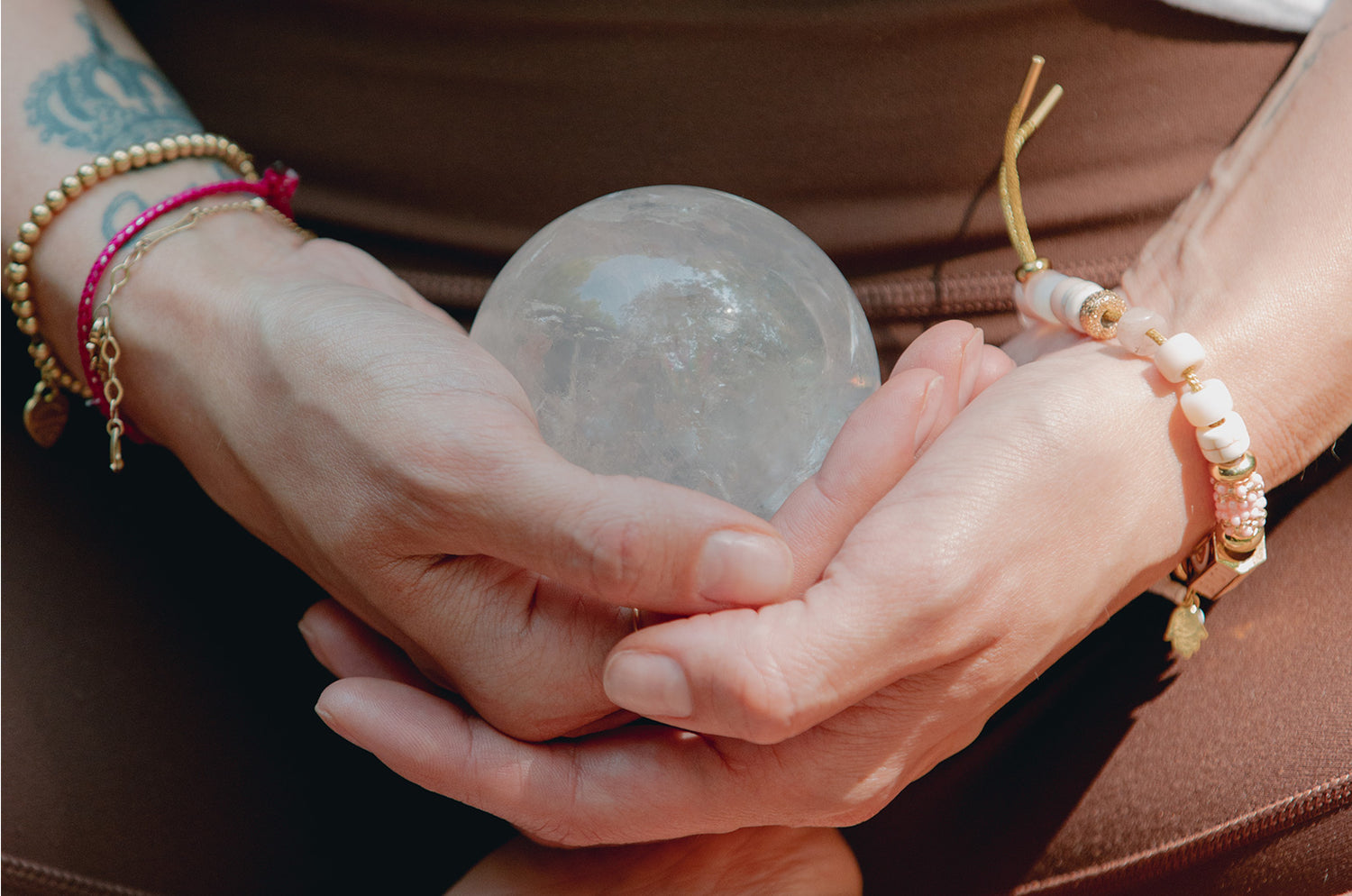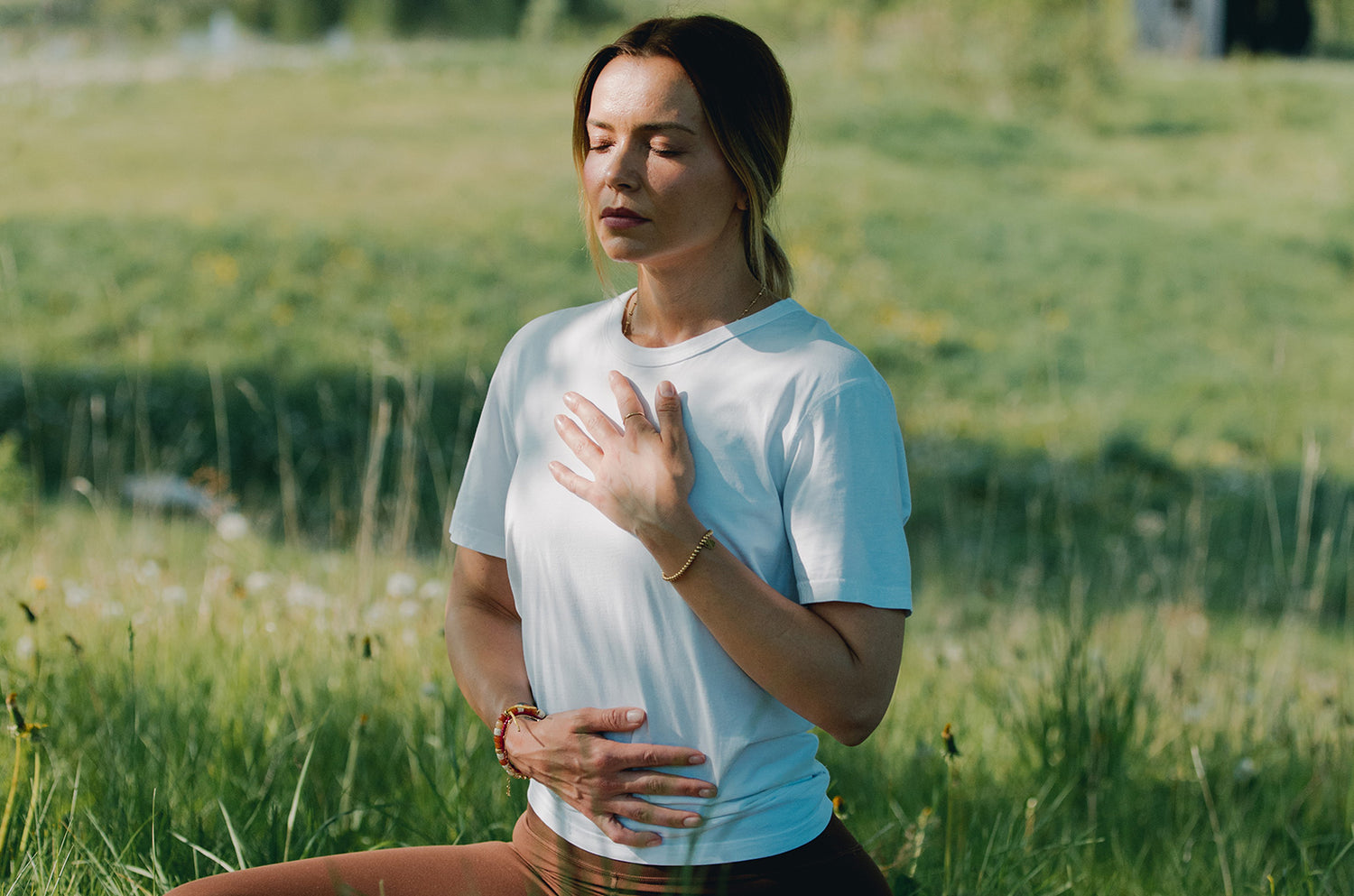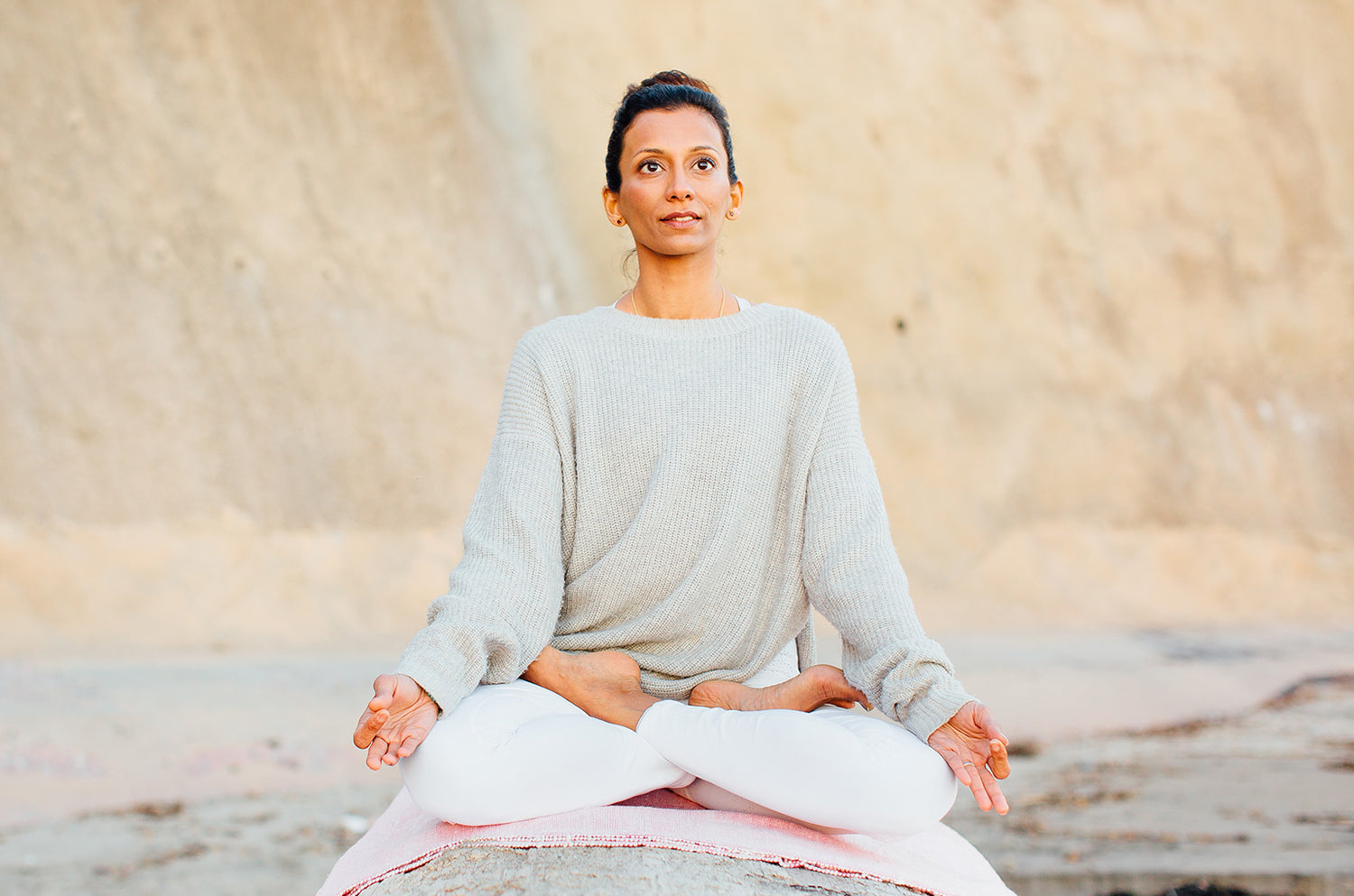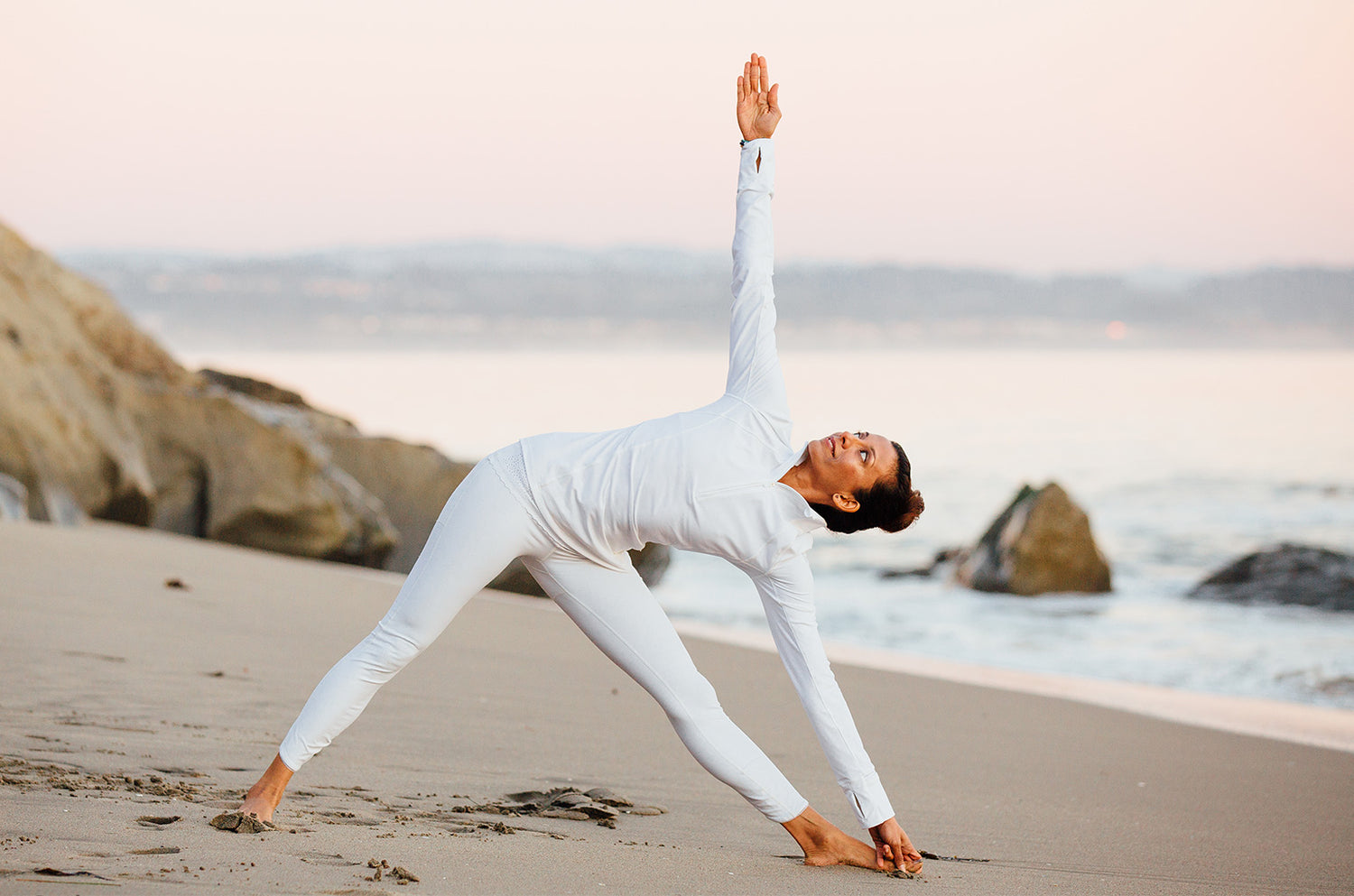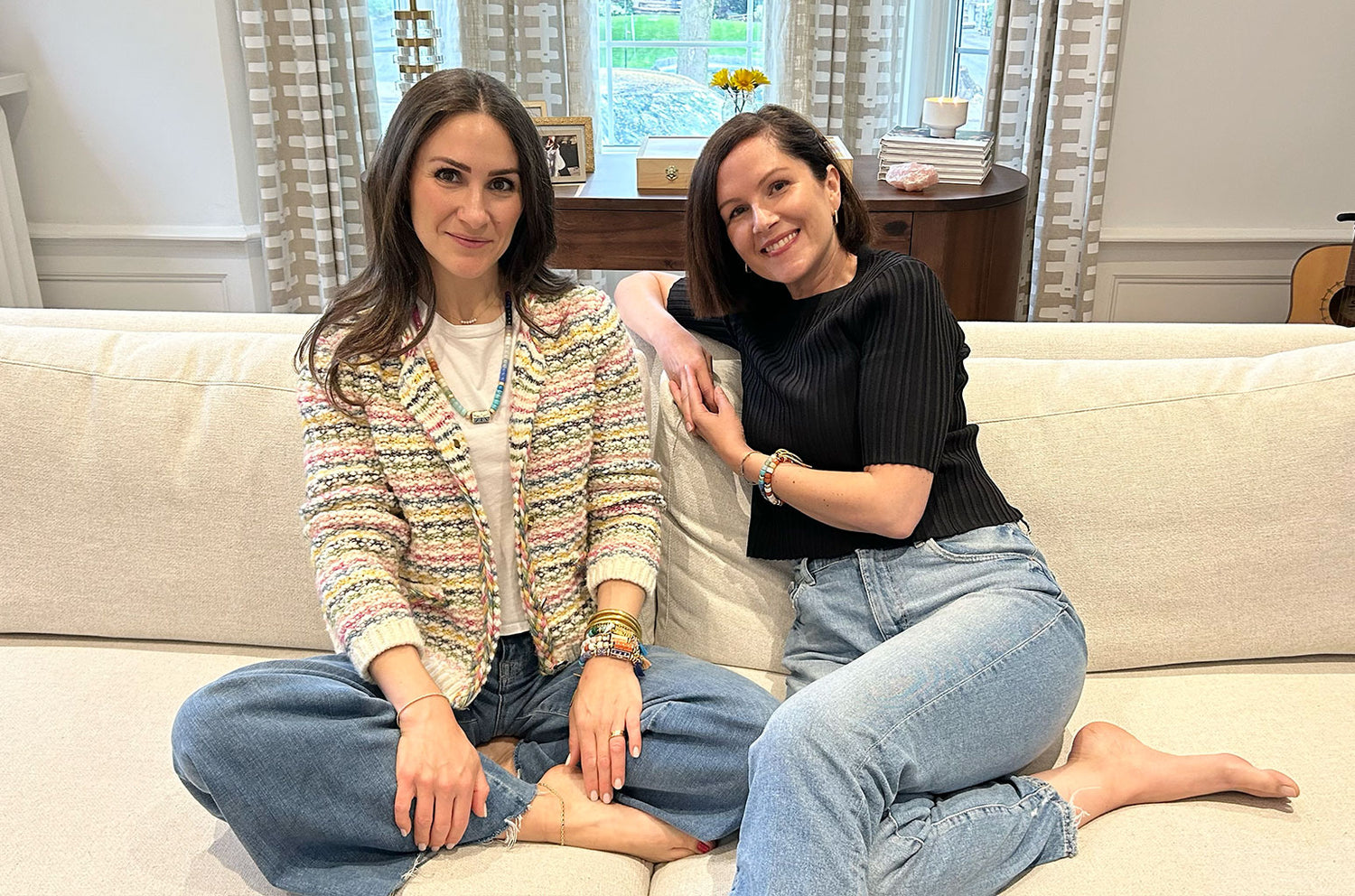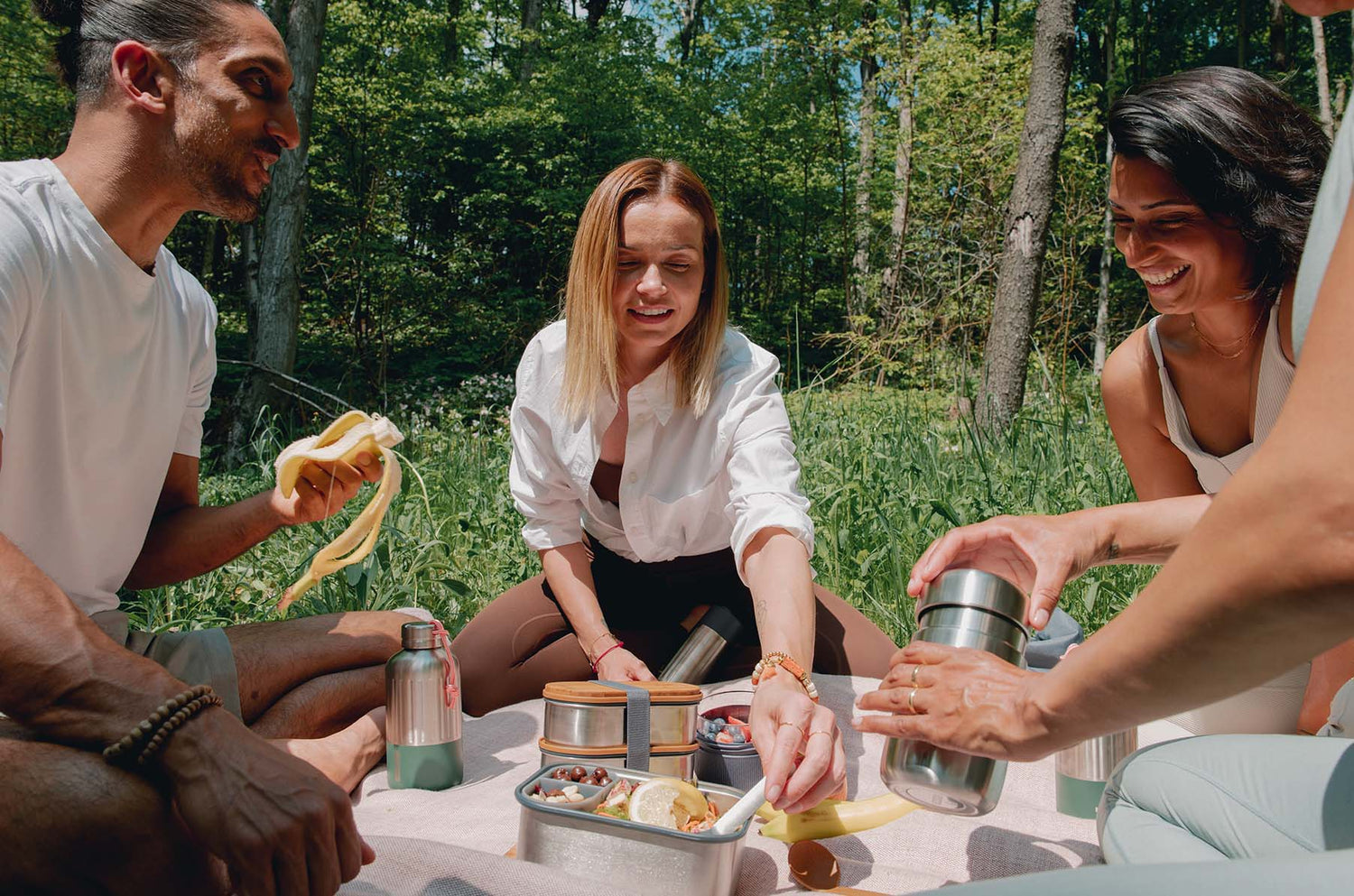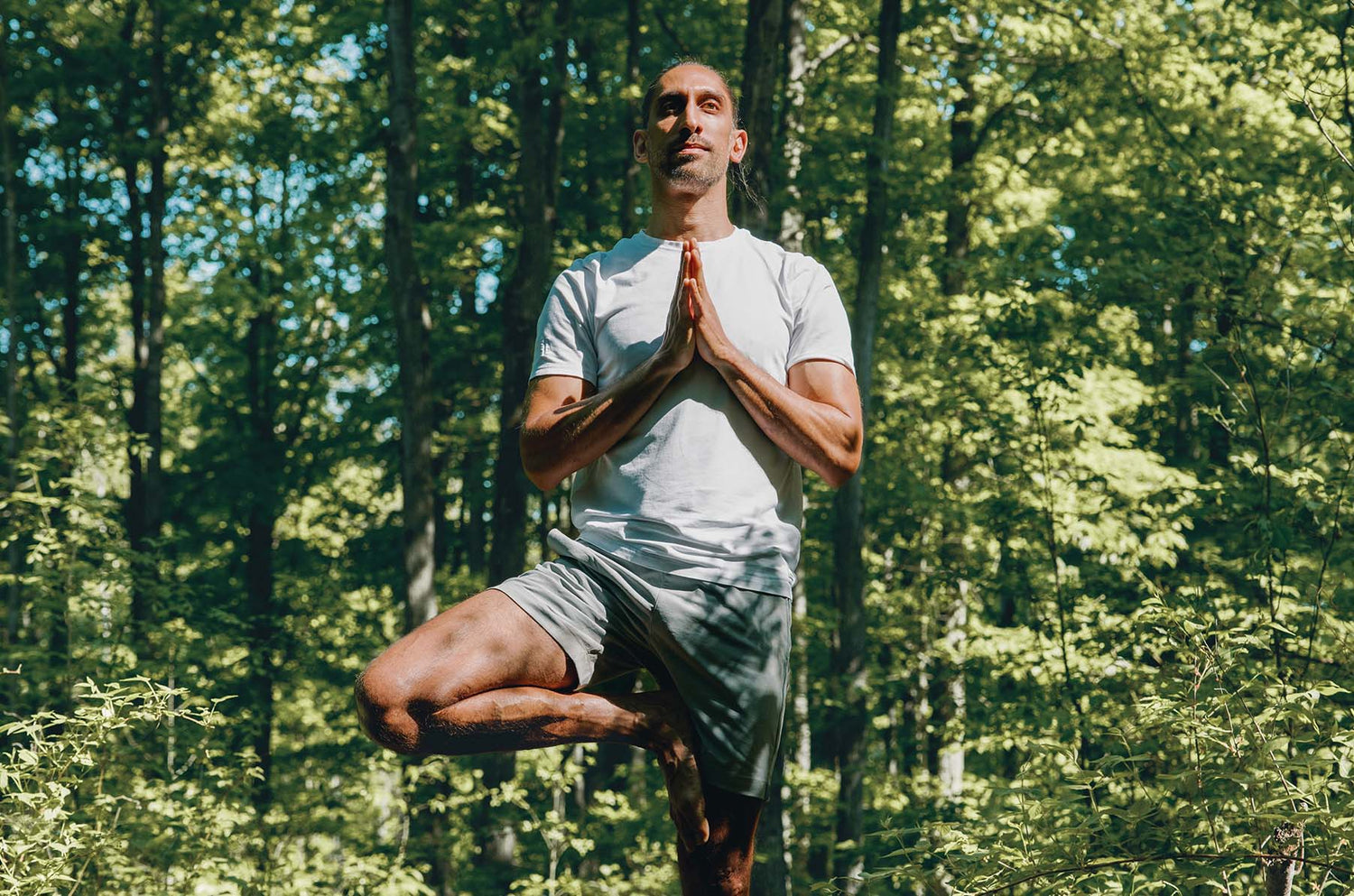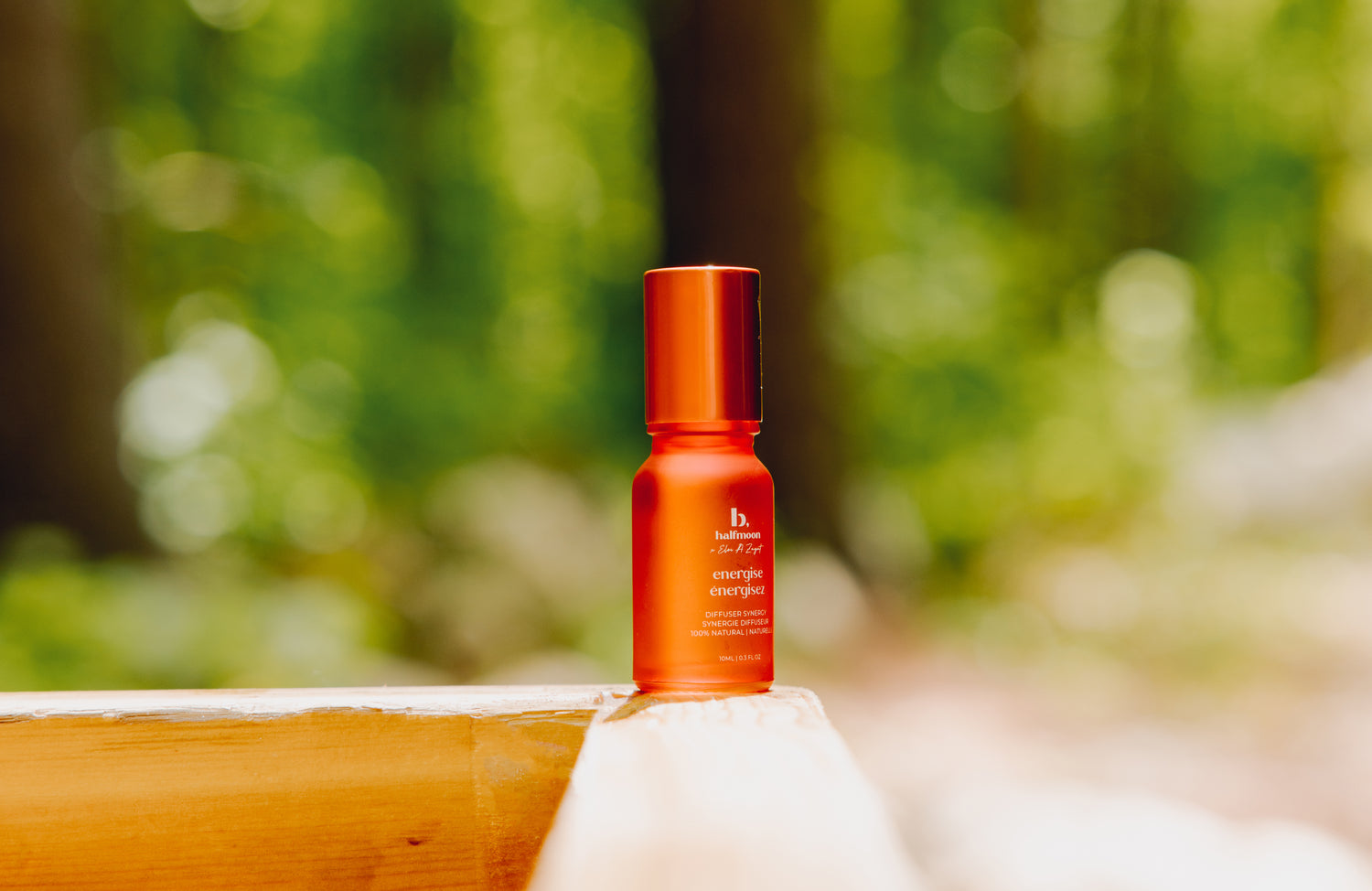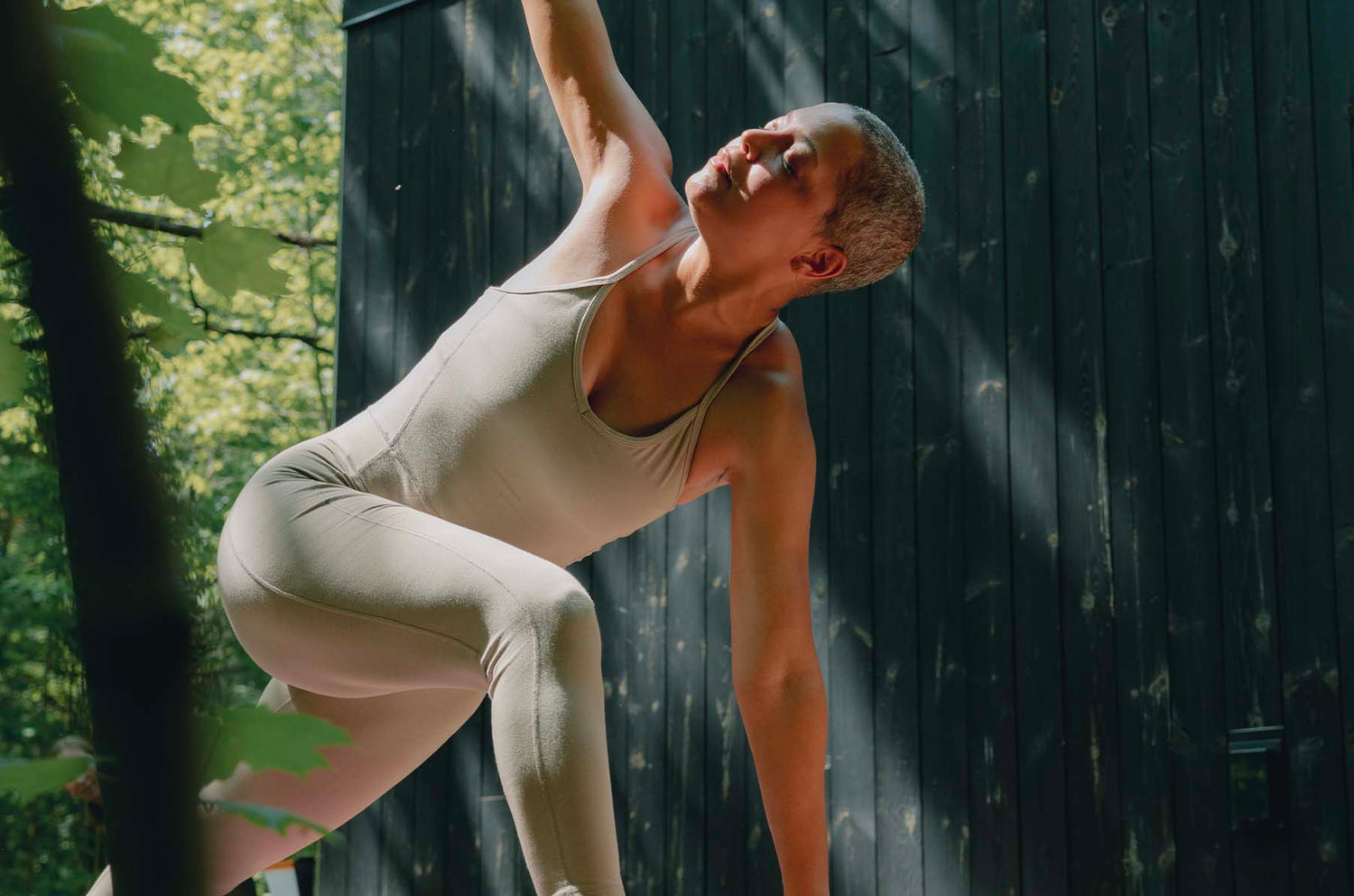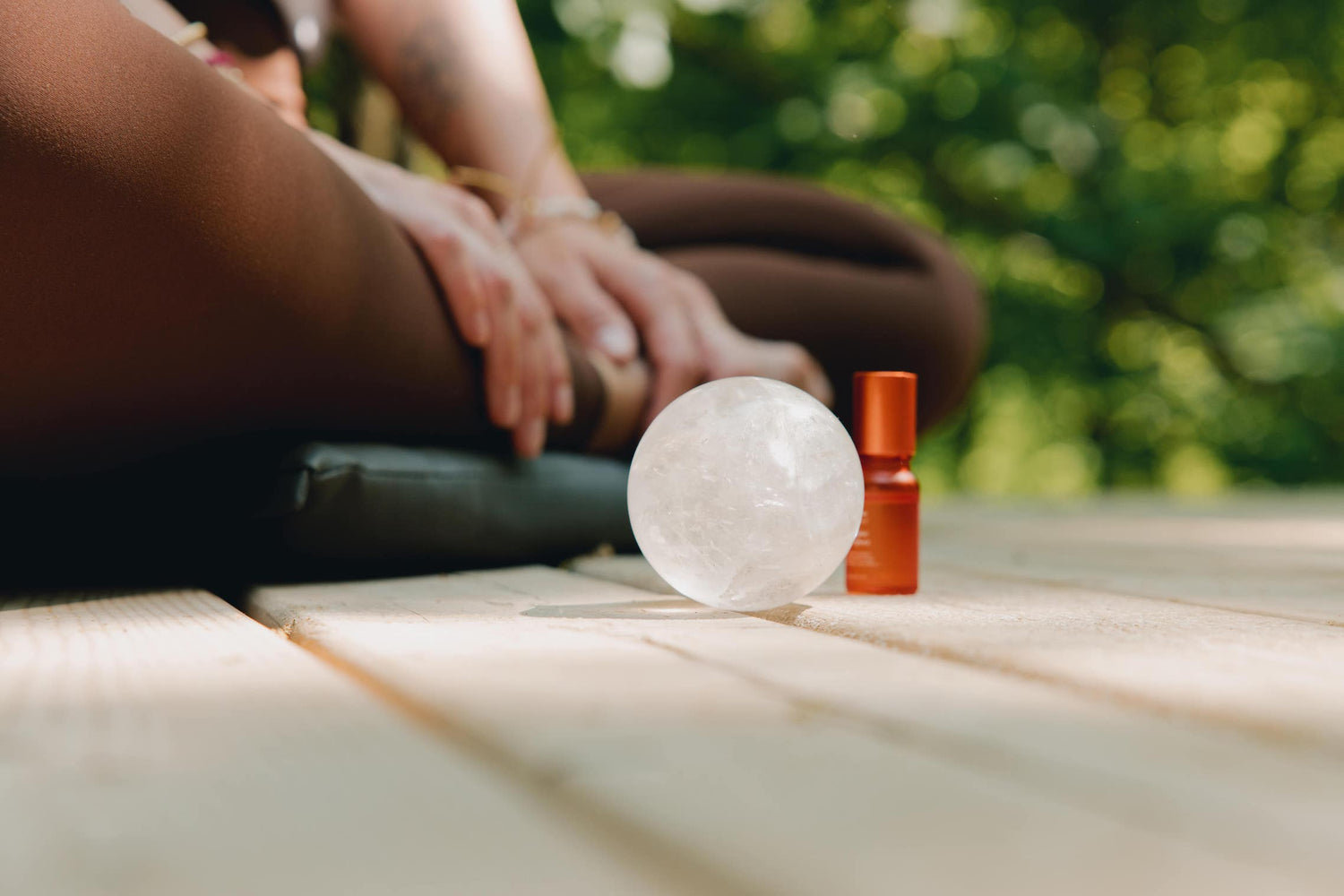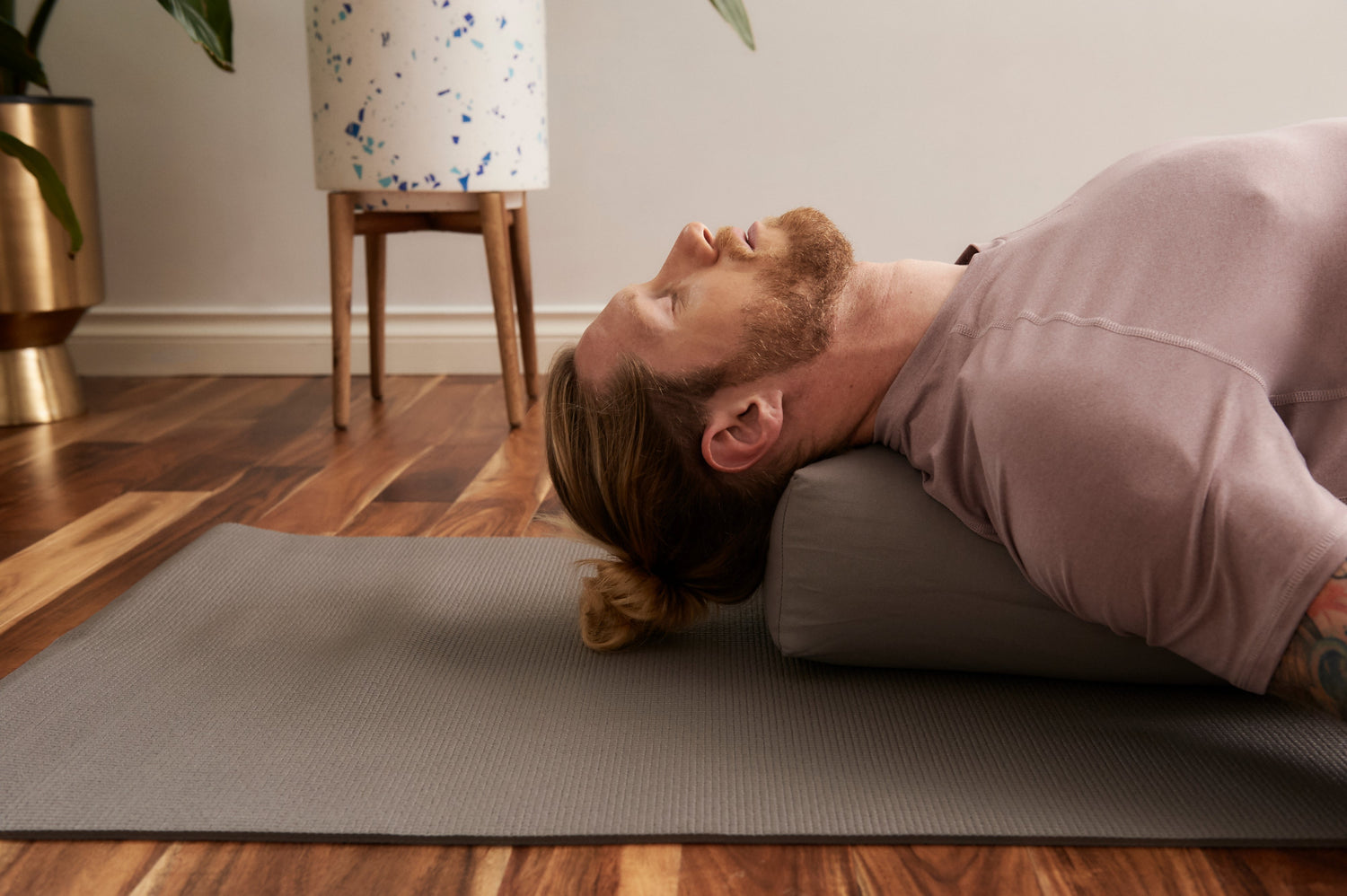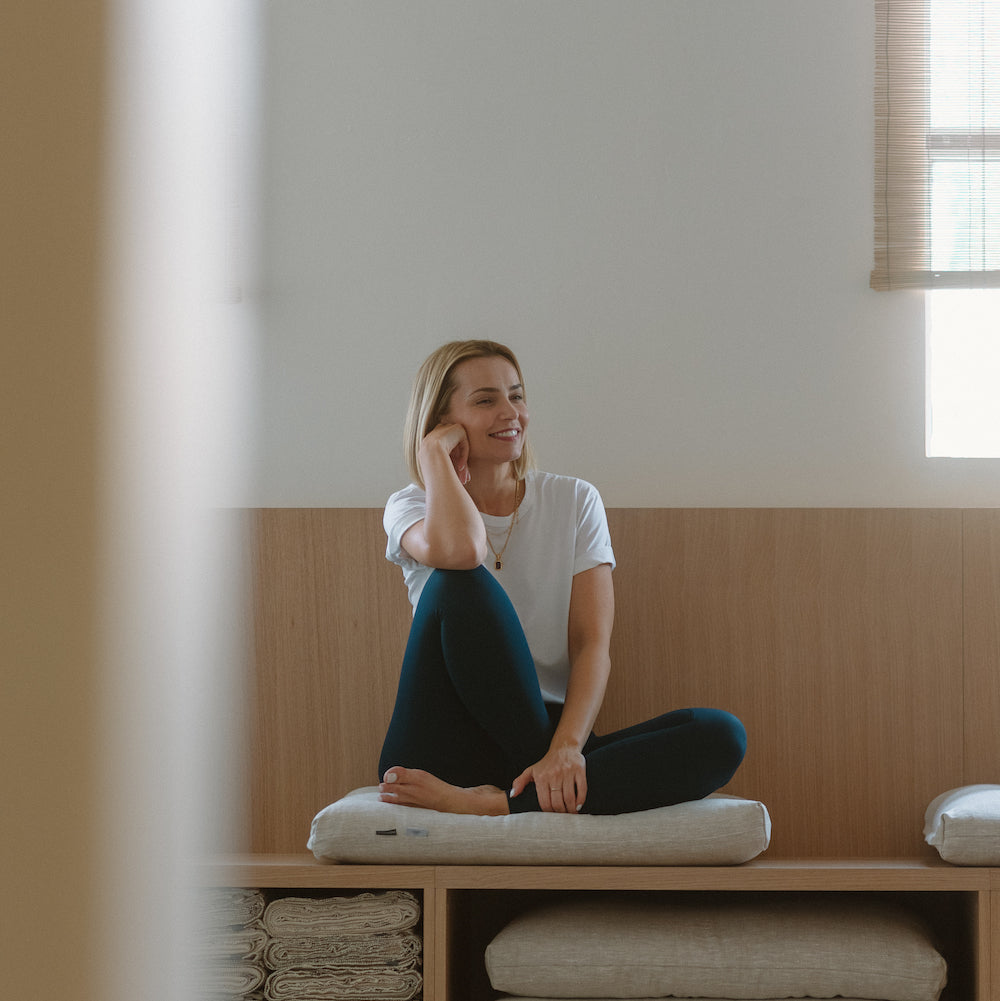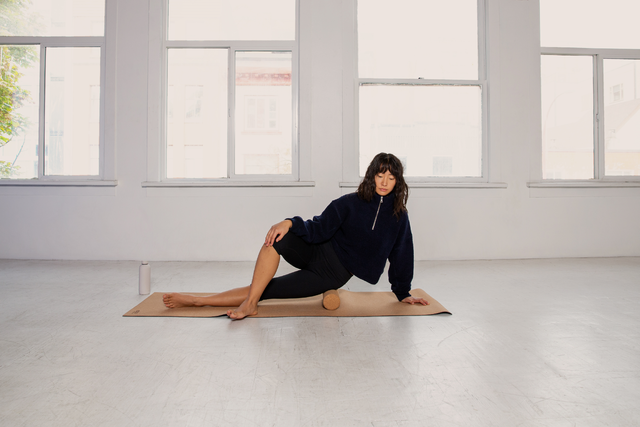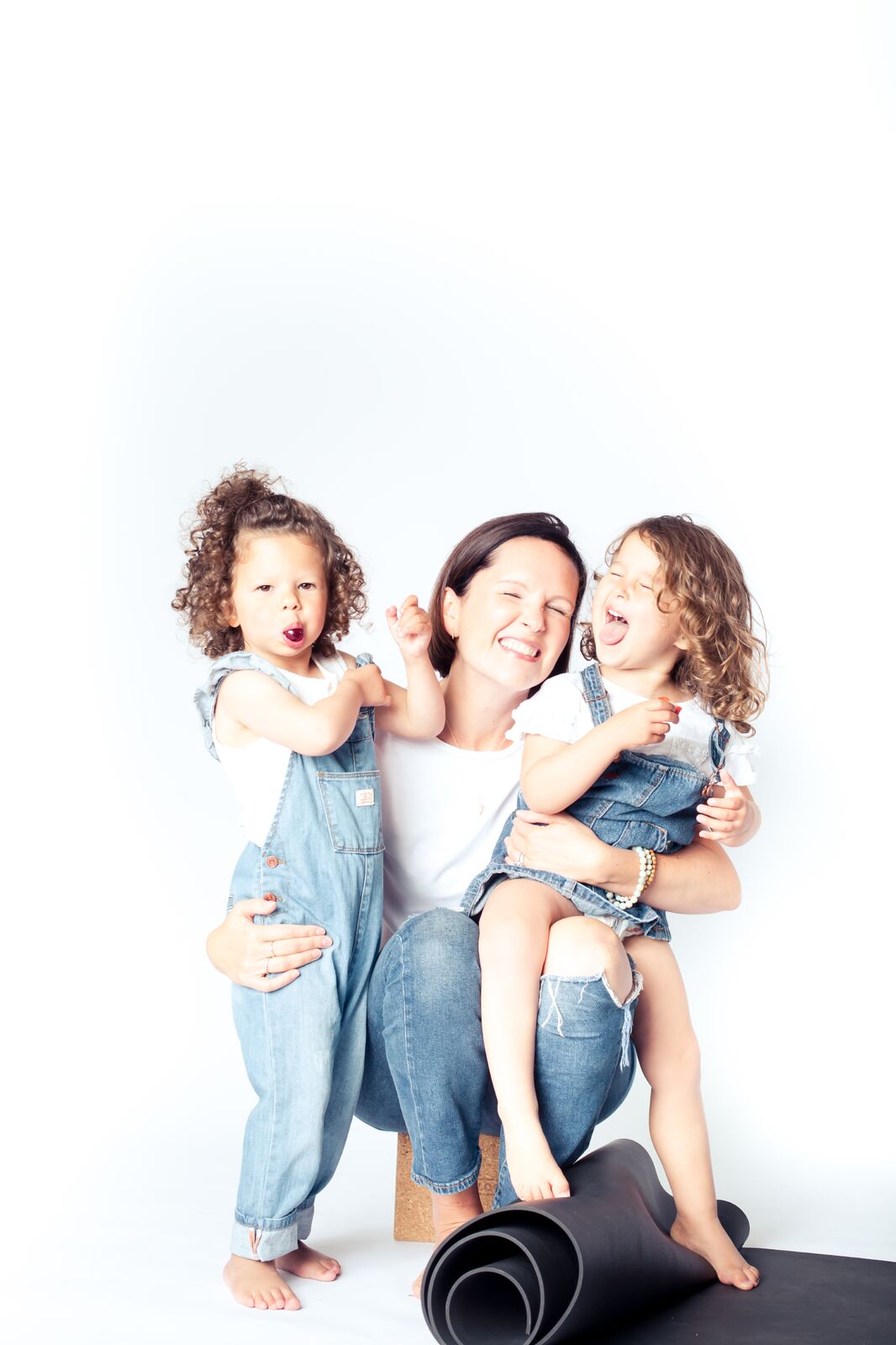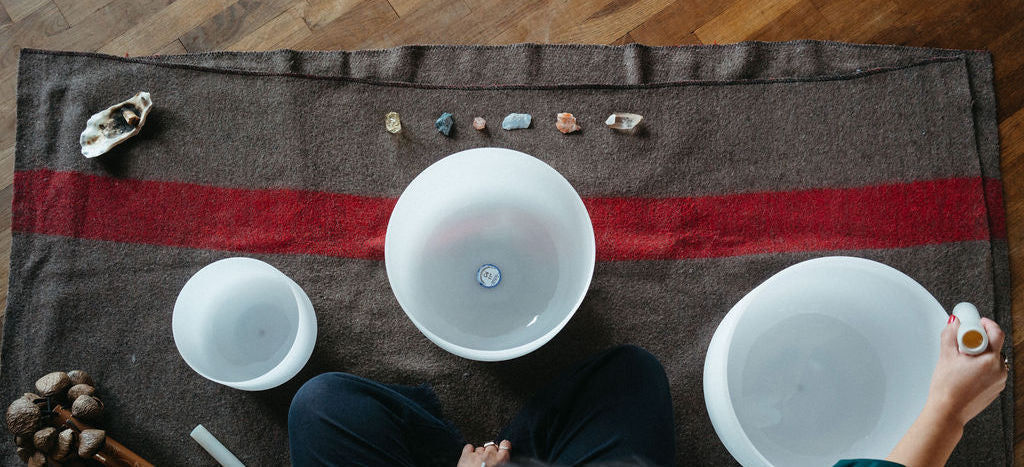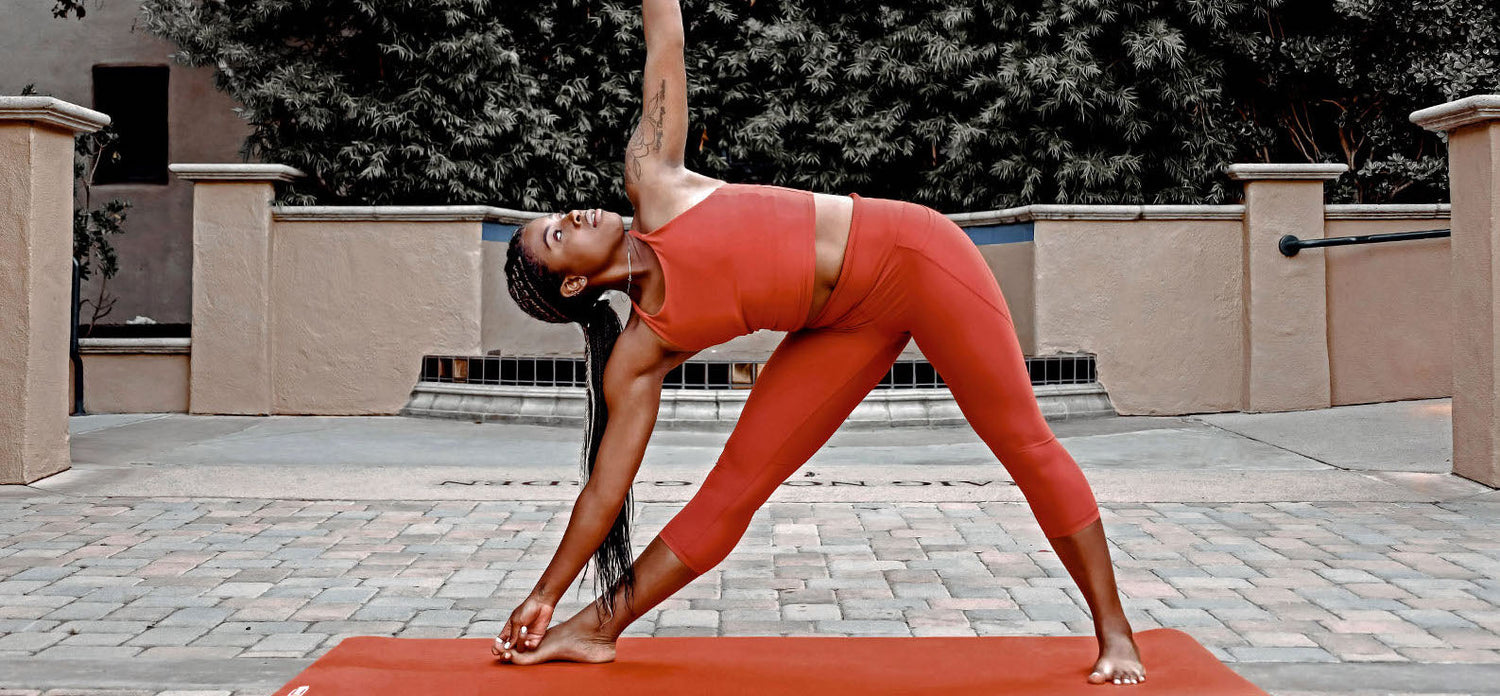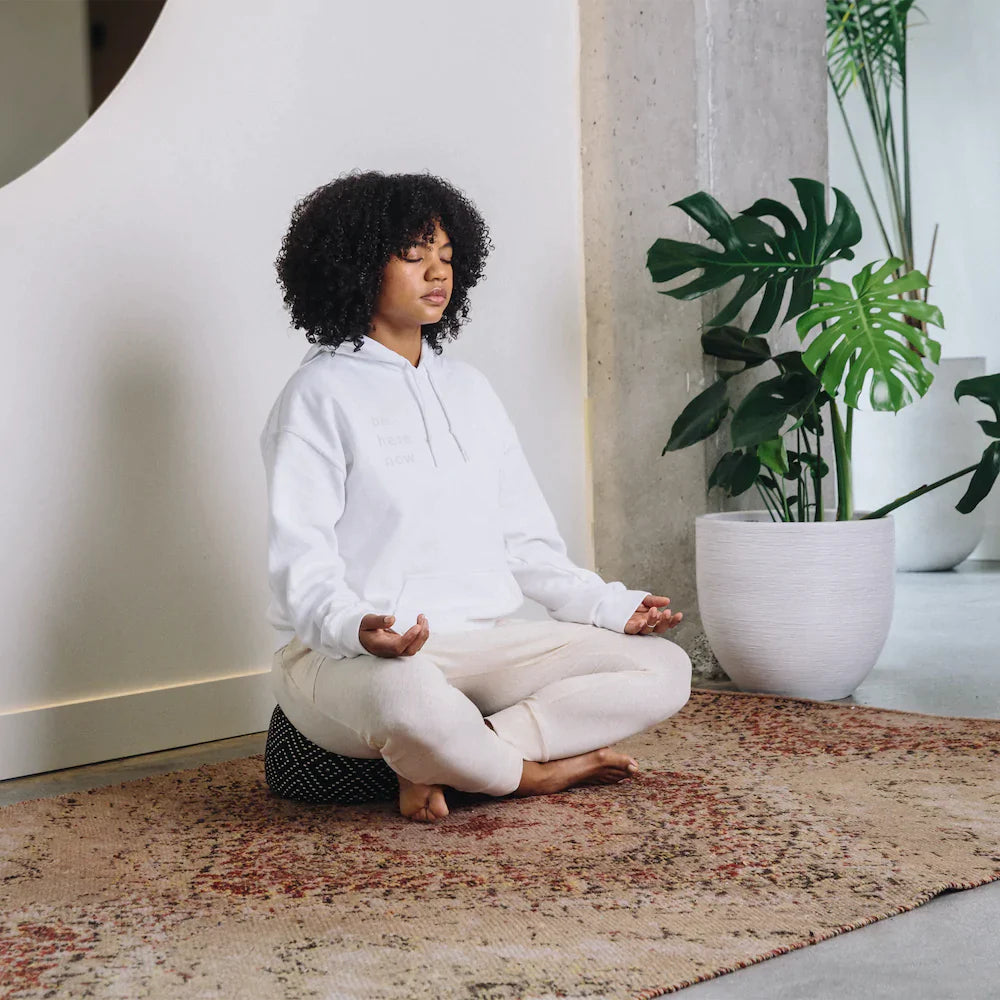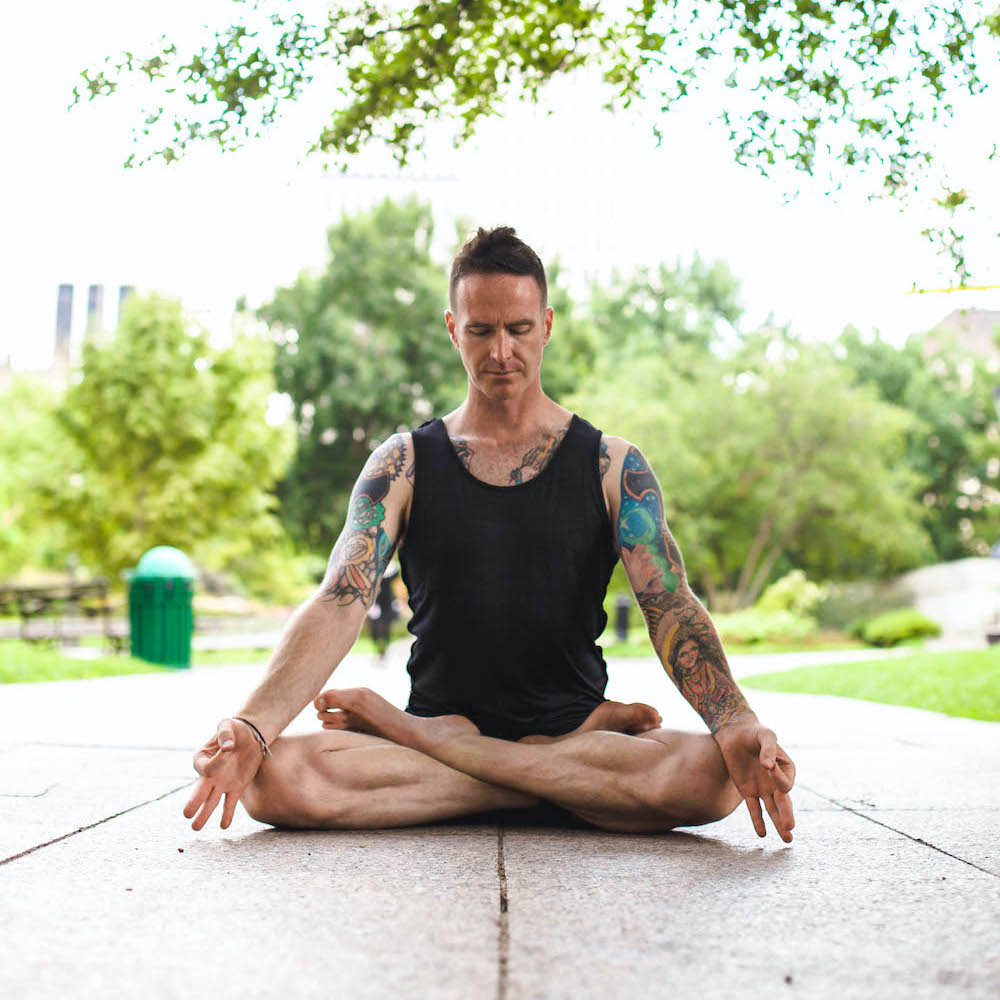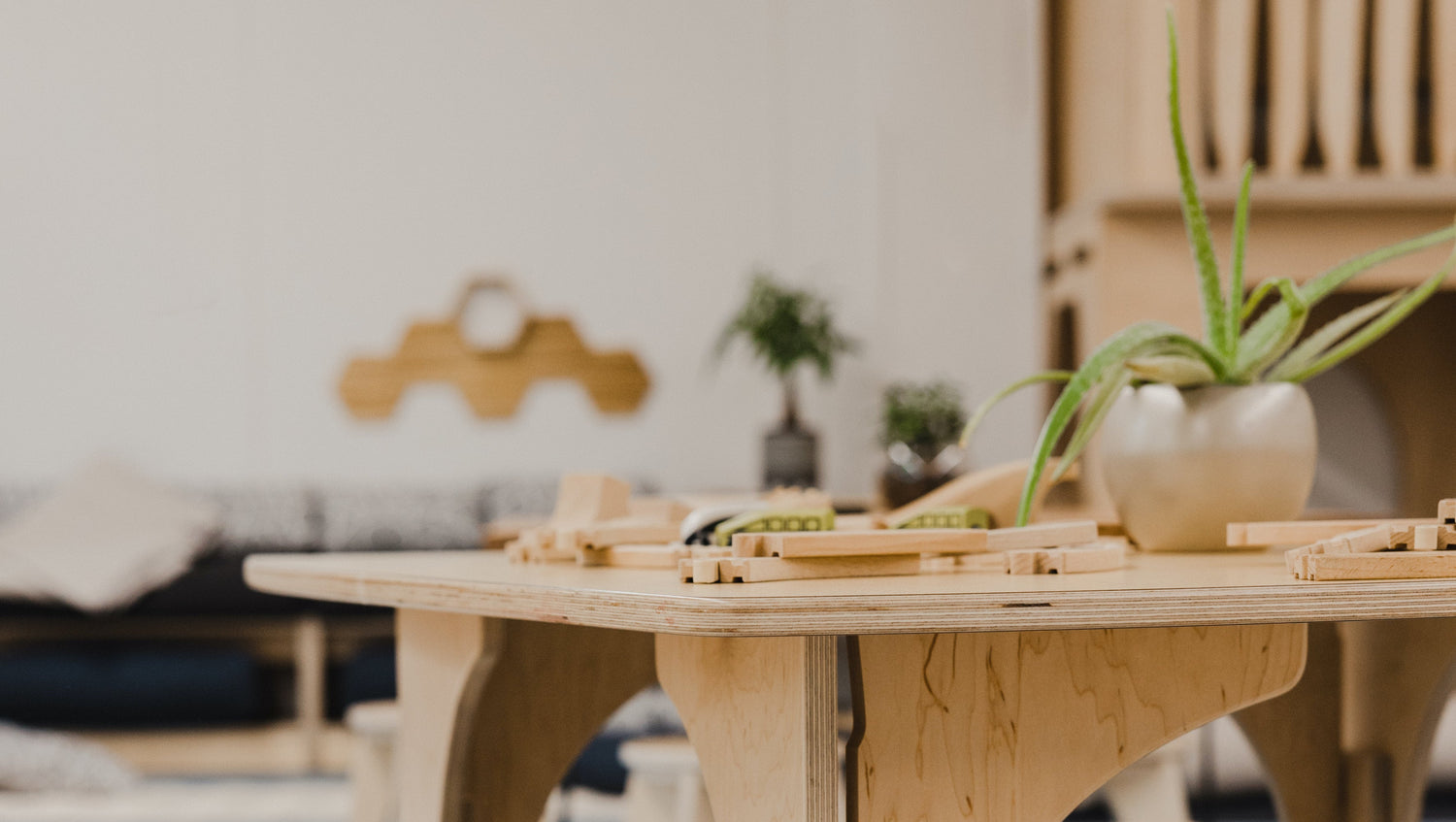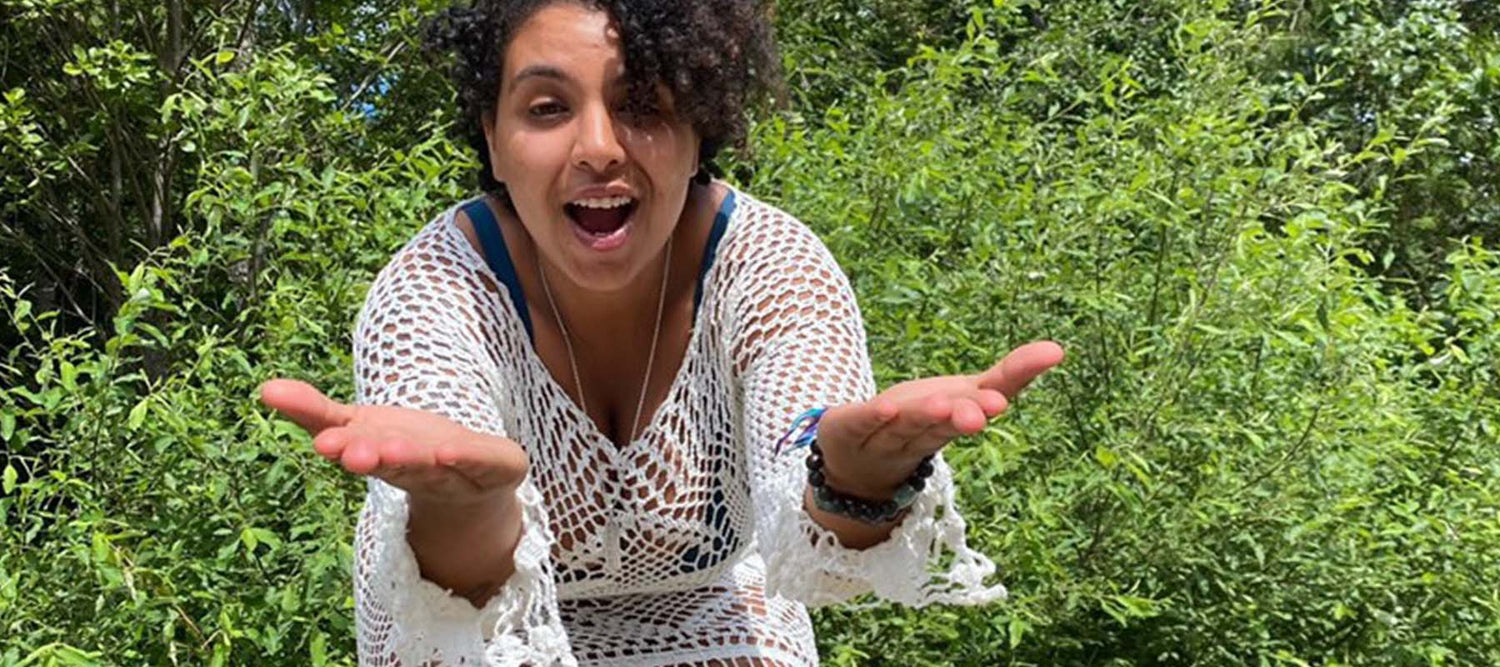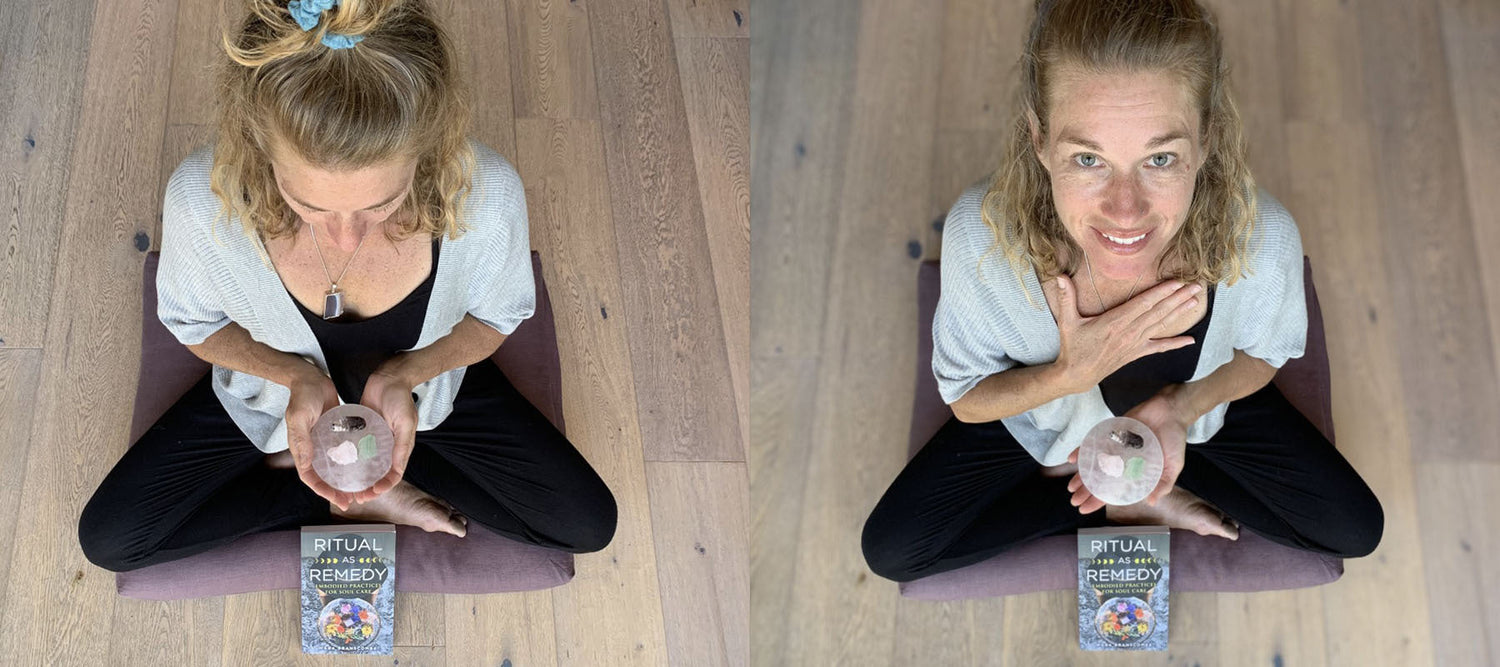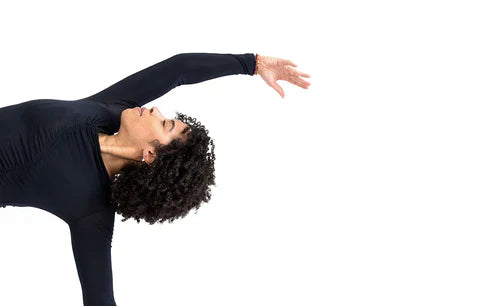Rectangular bolsters are a much-loved prop by many yogis and teachers for their versatility and ability to facilitate comfort during yin and restorative practices. Due to the larger size of this bolster, you can enhance relaxation by increasing the surface area connectivity between the body and the prop.
With over 35 years of experience, our rectangular bolsters are mindfully constructed in Canada with durability and comfort top of mind.
Poses to Pair with a Rectangular Bolster:
Pigeon Pose
A rectangular bolster is the perfect addition to pigeon pose, especially if you live in tighter hips. A bolster can also serve as a support for the upper body in pigeon pose; lay the bolster lengthwise across the top of the mat and rest your forearms on it or slide it horizontally underneath your stomach for a perfectly supported pigeon pose.
Child’s Pose
One of the most comforting ways to use a rectangular bolster in practice is in child’s pose. To begin, start with your knees hips width or wider and place the bolster vertically along your mat. Nestle the bolster close to your body and bring your torso to rest on top. Lay your arms alongside the bolster, give it a hug as you bring one cheek to rest on top of it.
Supine Twist
Before you come to lay down on your back, place a restorative bolster alongside your mat. Once you’re in a reclined position, draw one knee into your chest. Draw your knee across your body towards the bolster and rest your knee on top. Rest your arms overhead in a cactus position. Enjoy for as long as you like and repeat on the other side.
Forward Fold
Rectangular bolsters can be used in two ways to help support forward fold and can create a much more accessible and comfortable shape. If you tend to have a tough time folding forwards, sitting on top of a bolster can help to tilt your pelvis forward. This alignment can help to reduce strain on the spine allowing you to access a deep stretch through the hamstrings. If you tend to have an easy time folding forwards, placing a bolster on top of your thighs can create a comfortable cushion to rest your torso on so you can stay and relax in the pose longer.
Supported Bridge
Supported bridge pose is a perfect pose to sequence towards the end of a more vigorous yoga class or as part of a restorative or yin yoga class. Start lying on your back with both feet planted on the mat. Lift your hips just enough to slide the bolster underneath your sacrum. Relax your weight onto the bolster so you can rest comfortably in your supported backbend.
Legs up the Wall Pose
The most gentle inversion, legs up the wall, can be practiced without a wall, using the support of a restorative bolster. After practicing supported bridge pose, slide the bolster a little bit lower towards the widest part of your glutes. Relax your sacrum over the bolster and extend your legs up towards the ceiling. Keep a gentle bend in your knees and hold the posture for 1-3 minutes, reversing the blood flow. This posture can help circulation, relieve tension in the lower back and create a sense of calm in the body and the mind.
What is the difference between a rectangular, cylindrical and restorative bolster?
As the name suggests, rectangular bolsters have a flat rectangular shape. They provide a stable and broad surface that works well for a wide variety of postures.
A cylindrical bolster has curved edges and offers a higher height than a rectangular bolster.
A restorative bolster is the same shape but slightly wider than a restorative bolster and helps to support the body in a way that allows for deep relaxation and the release of tension, making it ideal for poses that require prolonged holding and comfort.
Cylindrical, restorative and rectangular bolsters all offer their own ergonomic benefits. If you only choose one, we suggest a rectangular bolster.
Happy practicing!











